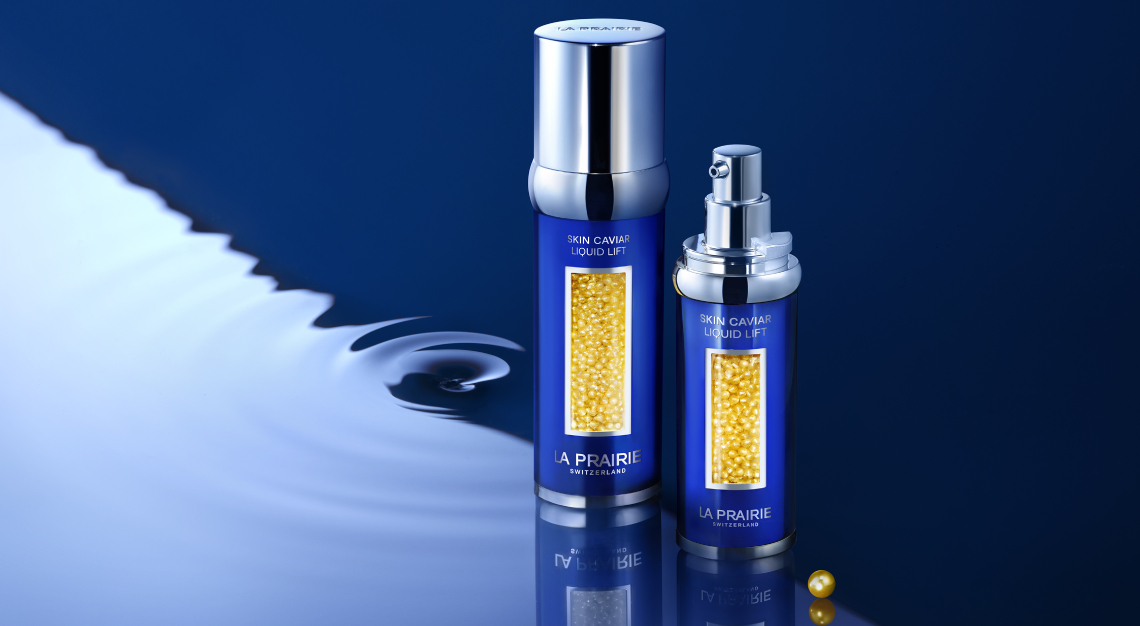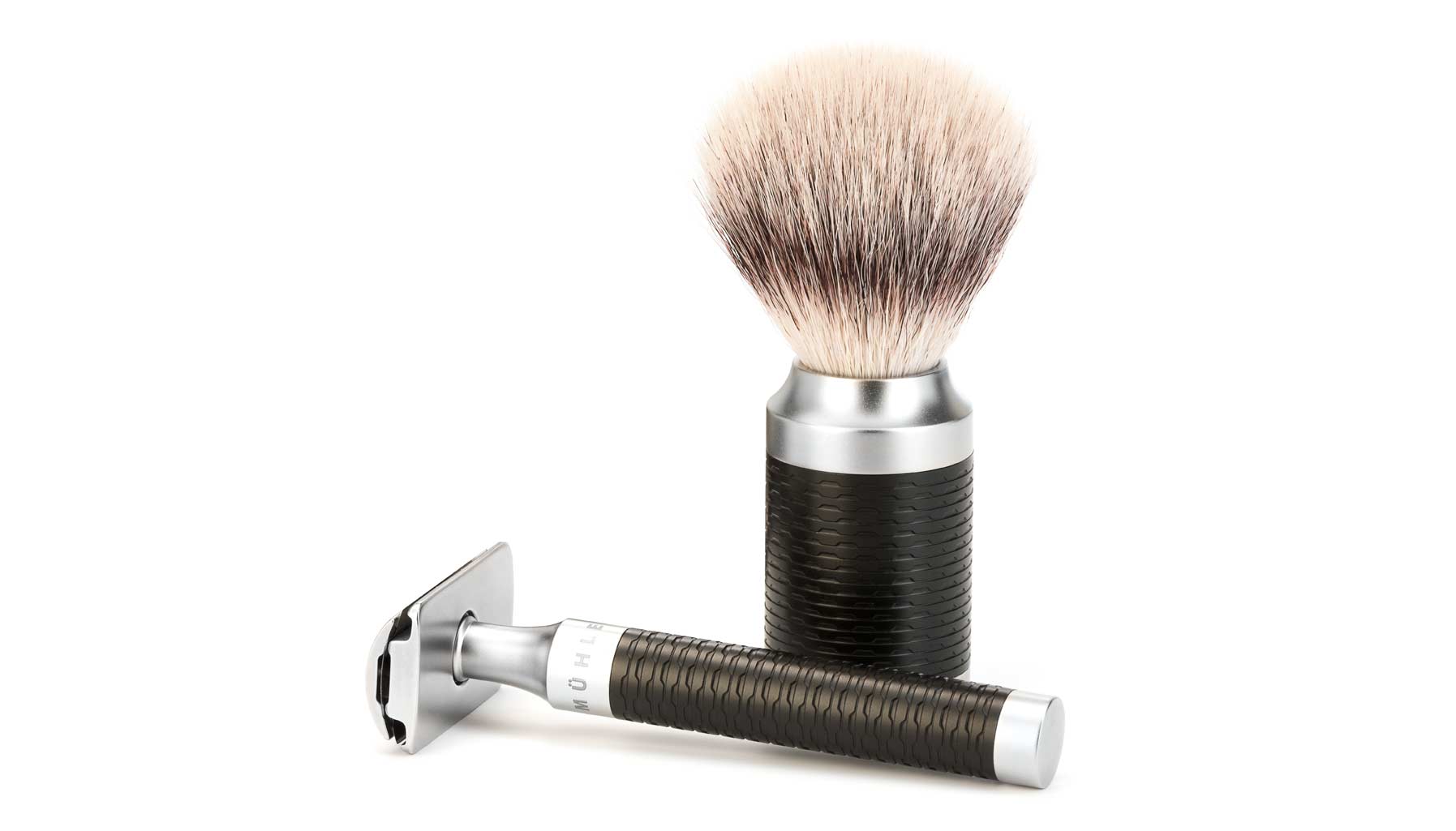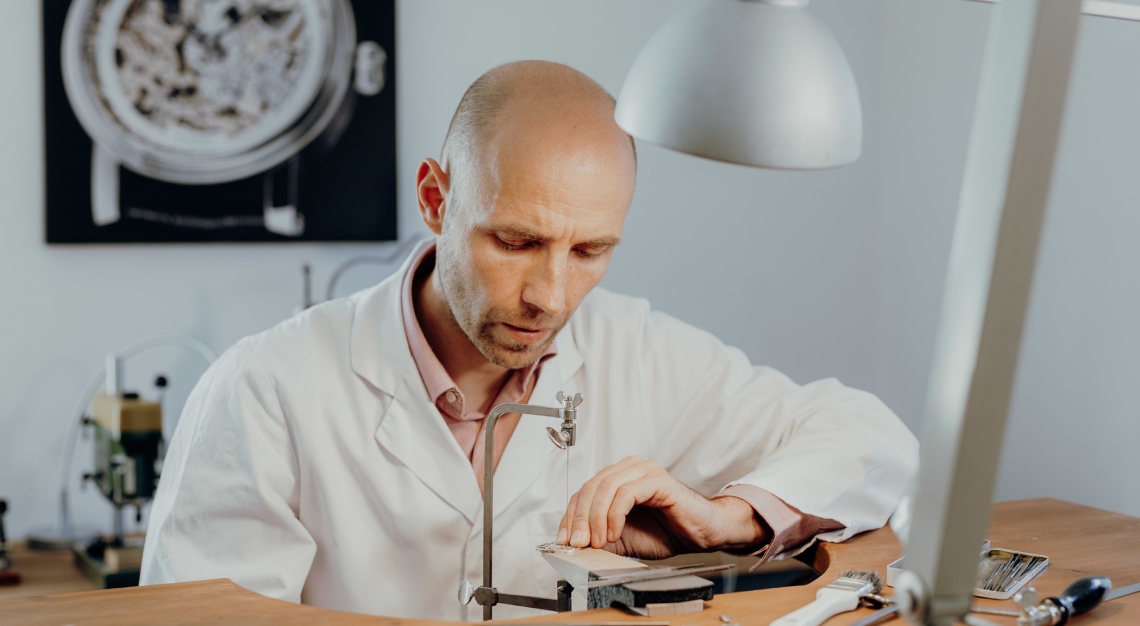Thanks to science, there are now alternatives to “tweakments” with short shelf lives and dubious long-term efficacy
Ageing is caused by mix of genetic predispositions, cellular delinquencies, and, in my case, many poor lifestyle choices. But if modern medicine has given us anything, it’s the ability to mitigate the cruelty of nature, and the burgeoning field of regenerative tweakments promises just that.
Non-invasive therapies featuring polynucleotides, exosomes, and radiofrequency energy represent a new frontier in biohacking. And while the mechanics of each treatment might differ, they all work on the same principle: to kickstart errant cells and encourage them to behave as they did in our youth, when a six-day bender wouldn’t culminate in so much as a dark circle. By tackling the root of the problem, aesthetic inconveniences—from jowls and wrinkles to hair loss—can be noticeably alleviated.
“Dermal fillers are still my most popular treatment but patients are gradually waking up to the notion that they can use their own bodies to rejuvenate,” says aesthetic physician Wassim Taktouk of London’s Taktouk Clinic. “Polynucleotides, for example, have been an extremely popular choice because of their ability to improve skin health without changing features.”
The following may not reap immediate results—multiple treatments are required and you can expect to wait anywhere from three to six months to see a real return on your investment – but they’re an excellent way to a way course-correct your cells.
Polynucleotides
What are polynucleotides?
Casually misrepresented as salmon sperm injections, polynucleotides are, in fact, fragments of DNA that have been extracted from fish spermatozoa. It’s a small difference but one that matters. Salmon DNA bears a striking structural similarity to the human variety, which makes it highly compatible with our own cellular processes.
If the thought of putting salmon essence in your face feels risky, know that the extraction and purification process involved in manufacturing polynucleotides eliminates anything that could cause an immune reaction. It also ensures that what you’re left with is considerably less…fishy.
How do polynucleotides work?
When injected into the skin, polynucleotides boost tissue regeneration and restore elasticity by up-regulating collagen and elastin production. They also mop up free radical damage and help improve pigmentation, leaving you with skin that has bounce and greater structural integrity. An all-rounder, basically, and an absolute boon for faces that are showing signs of wear and tear, as well as those in need of future-proofing.
What conditions can polynucleotides treat?
You can inject polynucleotides pretty much anywhere but they’re particularly effective around the eyes, an area that is often tricky to treat with filler. “Filler is excellent but not everyone is a good candidate,” says Dr Taktouk, who is notoriously discerning with injectables. “Polynucleotides are suitable for a broader range of patients because they can help with crepiness, hydration, collagen stimulation, and free radical neutralization. Perhaps most importantly, they increase blood flow so that more oxygen and nutrients can get to the skin, which helps with the appearance of dark circles.”
Much like other skin boosters, polynucleotide treatment requires several injection points. Once it’s under the skin, the product then disperses and covers the entire target area.
How much do polynucleotides cost, and how long does it take to see results?
For the eye area, the standard protocol consists of two sessions, four weeks apart from each other. Always go for a reputable and experienced doctor, such as those at Taktouk Clinic, who charge upwards of £495 a session.
Radiofrequency Microneedling
What is radiofrequency microneedling?
The lovechild of two established collagen-boosting therapies in a single device. Radiofrequency energy, which delivers heat deep into the tissue, is paired with microneedling, a process that involves creating tiny punctures in the surface of the skin (a lot like aerating the lawn). Both these treatments go bout the same job—supercharging collagen production—but do so by different means. Separately they’re good but together they’re excellent.
How does radiofrequency microneedling work?
The device works a lot like an automated stamp, punching tiny needles into the surface of the skin (usually a maximum of 4mm) while simultaneously sending heat energy deep into the dermis. The radiofrequency energy causes existing collagen fibers to tighten while the tiny perforations created by microneedling stimulate the body’s innate healing response. All of that collagen and elastin production creates tighter, more lifted skin, as the scaffolding of your face is reinforced.
Morpheus8 has been the gold standard in RF microneedling for many years (quite literally—the devices’ micro-pins are gold plated) but newcomers such as Exion Fractional RF take the technology a step further. The radiofrequency energy from Exion Fractional RFcan be programmed to penetrate an additional 4mm beyond the tips of the microneedles while an AI feature monitors skin tissue and optimizes energy delivery accordingly. All of this amounts to a safer, more comfortable treatment process.
Having said that, Radiofrequency Microneedling is still an intense process that can leave you looking flushed for a day or two afterward. It will also require you to sit in a waiting room covered in numbing cream before treatment, so maybe don’t book in during your lunch break.
What conditions can radiofrequency microneedling treat?
The service can help chisel your jaw, give your face an overall lifting effect, and even help diminish acne scars.
How much does radiofrequency microneedling cost, and how long does it take to see results?
Expect to sign up for three sessions to get the best results on an area like the face and neck. The Taktouk Clinic is one of the first clinics to use Exion Fractional RF, and charges upwards of £995 per treatment. It’s also available at Dr. Yael Halaas’s facility in New York City.
Exosomes
What are exosomes?
Exosomes are nano-sized care packages filled with lipids, proteins, amino acids, peptides, and growth factors that are excreted by almost all cells in the body. They function as tiny messengers, ensuring good communication between cells and overall biological health. Put simply, if a cell is in need of repair, exosomes send out the memo and get the process moving. As we age, our natural abundance of exosomes starts to decline along with everything else.
How do exosomes work?
In aesthetic medicine, exosomes are usually sourced from animal or plant stem cells (human-derived sources remain illegal and somewhat controversial). When applied to a particular area, such as the scalp, they supercharge the body’s innate repair mechanisms.
“Exosomes are usually microneedled into the skin or blasted in on a jet of high-pressure oxygen to get them where they needed,” says founder of The Tweakments Guide Alice Hart-Davis. “Increasingly, doctors are combining exosomes with other treatments such as laser resurfacing to speed up the recovery process and boost overall results.”
What conditions can exosomes treat?
Skin rejuvenation, certainly, but also hair loss and thinning. Calecim’s Advanced Hair System with Microneedling remains one of the most promising hair restoration products on the market. The formula contains 3,000 active growth factors, cytokines, and exosomes in a single milliliter and has been proven to increase follicle cell growth by 24 percent. While you can use Calecim at home with a foolproof microneedling stamp, it’s best applied by a professional who can get to all the hard-to-reach bits at the back of the scalp. We recommend The Light Salon where the Calecim treatment is boosted with LED lamps that deliver red and near-infrared light. These wavelengths stimulate the scalp while reducing inflammation and improving blood flow—all crucial for a lustrous head of hair.
How much do exosome treatments cost, and how long does it take to see results?
Calecim Professional Advanced Hair System costs around US$399 from calecimprofessional.com and requires a six-week commitment. The Light Salon treatment uses the same product but has some notable extras including pre-treatment nano-dermabrasion of the scalp, professional microneedling, and advanced LED around US$300 per session. Various treatments are also available from Emana Medical in Beverly Hills. Again, most people will need six treatments spaced one week apart.
This story was first published on Robb Report USA






